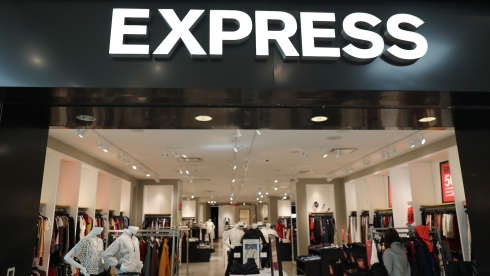Hurricane Sandy hit the Eastern seaboard and New York City very hard. We must not just focus on clean up, but we also must make a concerted effort to assure those with the least get the most attention. The current political climate has stressed the importance of the middle class and the need to shrink government. If we follow both of those leads, the path to recovery will be a long and dangerous one, as we’ll be more obsessed with property than people.
In New York City, the conversation about Hurricane Sandy quickly morphed into a real estate story when a crane partially collapsed in Midtown Manhattan. News reporters began to talk about the adjacent multi-million dollar apartments rather than the lives that were endangered on the ground, the workers attempting to secure the crane, or even the real people in those apartments. It’s hard to fathom that we had more reports on potential property damage than the lives at stake around this country or globe.
At a press conference held as the storm approached, Mayor Michael Bloomberg was asked about Rikers Island—a major jail complex in New York City which sits in the East River—and if they were prepared for the hurricane. Bloomberg interpreted the question to be about the potential for prisoners to escape, not the about the safety of prisoners. Bloomberg’s answer is not surprising, given that there was no evacuation plan in place during Hurricane Irene in 2011; men and women within the prison industrial complex are often forgotten and their needs overlooked. While most of the people locked up on Rikers Island are Black, Brown and poor, there was relatively little consideration given to the island in in the mainstream media. As a public, it’s our responsibility to press elected officials to make sure the safety of all is a priority, not an option.
It is not just those who are incarcerated who faced shaky hurricane relief plans. New York City’s “Zone A”—the first set of areas ordered evacuated—is chock full of public housing with 26 developments and thousands of residents who were forced to leave their homes. City officials decided to turn off elevators, hot water, and in some cases electricity as a “precaution” nearly a day in advance of the storm’s arrival. Undoubtedly this was part of a strategy to force exit, but it is concern worthy given the large numbers of elderly, disabled, and families with few economic resources for evacuation. The danger posed to first responders and residents were high. For now, it looks like disaster has been averted in this situation, but this type of strategy may endanger more than it helps. While the mayor has been applauded in national media for his fast action, people must challenge these anti-poor responses.
The conditions that follow Hurricane Sandy should remind us that the combination of natural disasters and socially engineered poverty creates a damning situation for many. The Metropolitan Transit Authority has ceased service indefinitely as they assess damage to train and bus routes, which will invariably hit poor people the hardest because of their dependence on the system for transportation. For the next few weeks, if not months, poor and working class people may struggle to get to and look for work, as they also repair not just broken apartments, but fragmented lives.
As the election cycle comes to a close, I hope that politicians remember it’s not those just of us who have means who have been impacted by Hurricane Sandy, its those of us who have the least and stand to lose even more if ignored.
Dr. R. L’Heureux Lewis-McCoy is an Assistant Professor of Sociology and Black Studies at the City College of New York. His work concentrates on race, education and gender. You can follow him on Twitter at @dumilewis or visit his official website













